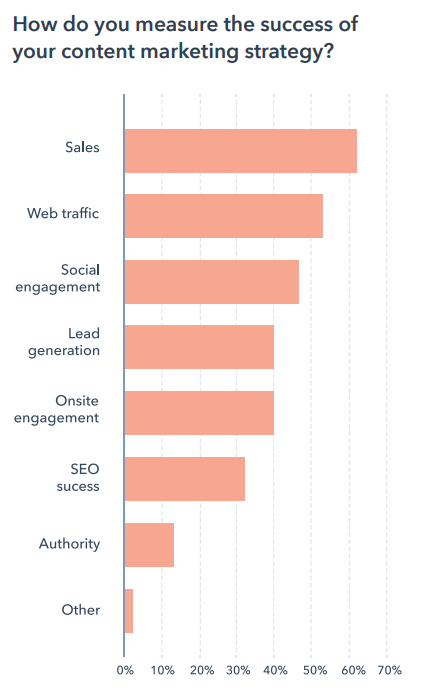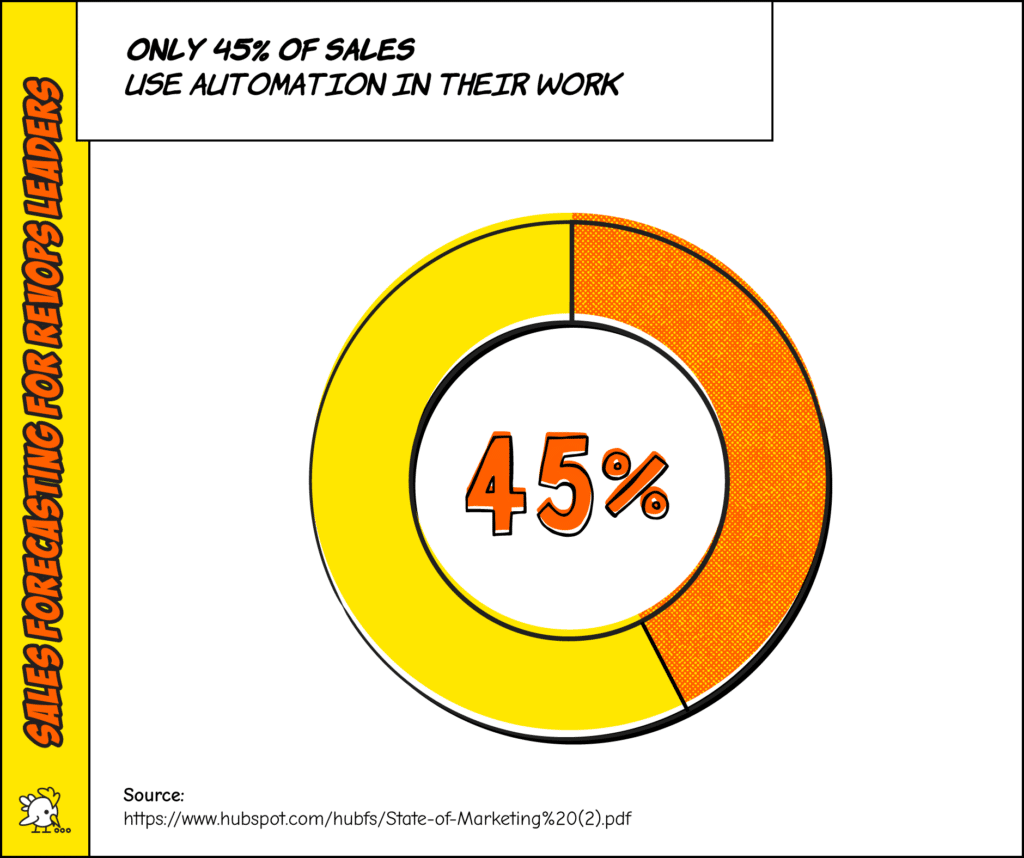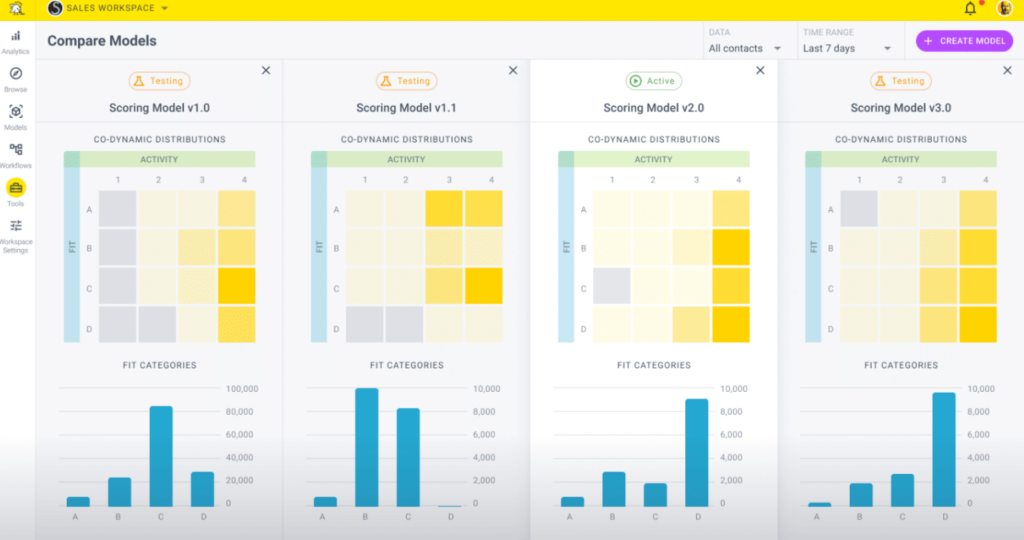One of the biggest things RevOps leaders do on an ongoing basis is to provide accurate sales forecasting to the leadership team.
At this point, you probably got the sales data you need to see the big picture in real-time, but you need a little hand with maximizing sales productivity and improving workflows between marketing and sales.
In this article, we’ll cover three potential sales forecasting mistakes to avoid in a product-led growth (PLG) strategy and how to use our revenue acceleration tool to gather vital customer data in one place.
Book a 30-minute demo with us today to experience what it’s like to identify your best leads, at-risk customers, and upsell opportunities with ease.
What is Sales Forecasting?
Sales forecasting uses intuition or artificial intelligence (AI) based on historical data (or without it) to predict sales revenue in the coming week, month, quarter, or year.
-
What Is B2B Retargeting and How Can It Generate More Leads?
Read more: What Is B2B Retargeting and How Can It Generate More Leads?Have you ever casually browsed a product online, only to suddenly see ads and promotions…
3 Things to Watch Out For in Your Sales Forecasting
1. Targeting only one sales period
A single time frame tells only one side of the story.
But a multi-time frame that takes short- and long-term factors into account offers compelling insights that prepare your business for the long road ahead.
When Textel started sales forecasting, it looked at only the first six months.
James Diel, the founder and CEO, shares with Breadcrumbs, “Even though the results were accurate, they were far too short-sighted.”
The six-month time frame failed to address the entire calendar year, which made it impossible to take into account the ebbs and flows of the business throughout different seasons.
Solution: Use multi sales forecasting to estimate your revenue in the near and far future.
Today, Textel looks at two time periods.
The six-month sales forecasting approach helps the company gauge if it should under- or over-invest in long-term support. Whereas the two-year time frame helps it prepare for busy seasons, slower seasons, and other events that might impact its sales—like the pandemic lockdowns and The Great Resignation.
Textel is planning to use these short- and longer-term sales forecasting insights to strategize its moves in the coming years. During our brief chat, the CEO adds that he plans to expand the product into untapped foreign markets and recruit more employees.
“We’re planning for our future labor needs now,” says James.
“With the skilled-labor shortage, it’s going to take longer to recruit and train the workforce we need to work over the next few years.”
2. Using an outdated CRM
It’s impossible to run a business without CRMs.
Not only do these customer relationship management tools store the contact information of your hottest leads, but they also help you log sales activities, track sales goals, and manage your sales pipeline effectively.
However, these traditional CRMs are far from perfect in the product-led growth era.
For starters, there’s a glaring lack of product usage data.
Without any insights into how users interact with your product, it doesn’t matter how comprehensive your sales forecasting data is.
It’s impossible to close these sales deals if you have zero clue on how user engagement.
Solution: Complement your sales forecasting with a PLG CRM to get a complete view of the customer journey
PLG CRMs provide in-depth customer data and product insights in one platform.
To pull your product data into your CRM automatically:
- Connect Breadcrumbs with your product analytics platform
- Determine what makes a product-qualified lead (PQL) in the Fit and Activity models
- Set your PQL scoring model live
Breadcrumbs will send all scoring information back to the PLG CRM once a prospect turns into a product-qualified lead, notifying you of the opportunity.

Book a 30-minute demo with us to add a PLG CRM to your sales forecasting today.
3. Keeping sales data to yourself
Marketing and sales alignment enable business growth.
Just hear it from the 85% of decision-makers who agreed that it is the largest opportunity for improving business performance today.
And yet, despite strong evidence suggesting that marketing-sales alignment plays a significant role in revenue acceleration, these two departments often clash with each other.
Strange, isn’t it?
Since the most common measurement of success for content marketing efforts is sales (fun fact: web traffic comes a close second), shouldn’t these teams work together then?

Solution: Align marketing and sales departments (e.g., use sale data to inform your marketing efforts)
Marketers and sales should collaborate with each other towards a shared goal, like generating quality leads.
When Benji Hyam worked as a marketer at a startup, he would chat with the sales team every morning to learn how their pitching went, what the quality of the leads were like, and what the customer objections were that prevented these prospective customers from buying. Not only did this process create a feedback loop for the co-founder of Grow and Convert to see where marketing could improve, but it also actively showed what marketing does every day and how they help sales meet their goals. The sales team should share with marketers what goes on in the sales conversations, the channels that brought in the best leads, and the trends in sales forecast changes and decide which actions both teams should take right now On the marketing front, marketers should talk about the strategy behind their marketing campaigns. For example, the marketing team could explain how the insights from the sales conversations will help to create content that attracts similar customers. More importantly, ensure that both departments are on the same page when communicating the product’s messaging, features, and benefits. You don’t want to confuse prospects and create a disjointed experience—this risks them switching to a competitor.
Using data to drive marketing campaigns is only one side of the coin. The other side is proving the ROI of your marketing efforts, preferably using automated software tools.
This is where there’s room for improvement. While 79% of marketers use automation in their processes, only 45% of sales use it in their line of work.

Gather your customer data in a central source of truth as you start aligning marketing and sales. That way, both sales and marketing will have access to the same data and can collaborate to create a powerful customer-centric experience seamlessly.
You can do this by integrating Breadcrumbs with your marketing automation platform.
Note: in general, marketing automation tools offer lead scoring, but many are unable to identify churn and upsell opportunities. That’s why we recommend integrating our tool with your MarTech stack for advanced scoring capabilities.
Let’s use ActiveCampaign as an example to show you what we mean.
- Connect Breadcrumbs with ActiveCampaign
- Create your scoring model for leads, upsell, cross-sell, and churn
- Set the scoring models live
Both marketing and sales can view granular analytics at a specific activity level and get insights on your entire contact list.

Accelerate revenue growth with Breadcrumbs today
Sales forecasting helps you see the big picture in real-time, but it’s only one piece of the puzzle in maximizing sales productivity and improving workflows between marketing and sales.
Book a 30-minute demo with Breadcrumbs to align marketing and sales, identify your best leads, and accelerate your revenue today.



